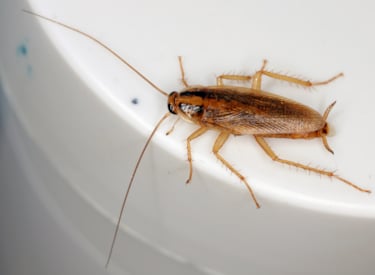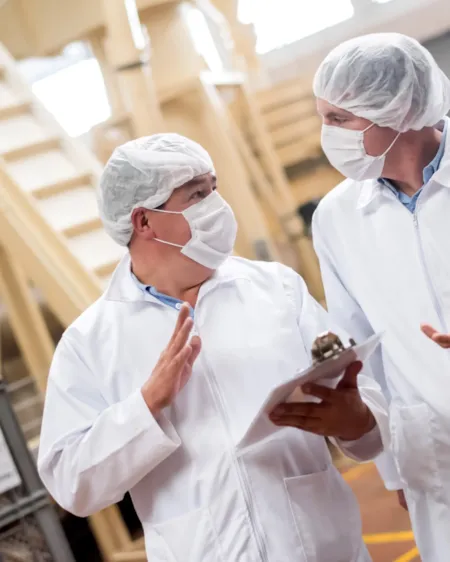Hidden hitchhikers: are pests sneaking into your site?

In today’s complex food manufacturing and storage environments, maintaining a pest-free facility is more challenging than ever. One often-overlooked risk factor is the potential for pests to hitch a ride into your site via employees’ personal belongings. This covert method of pest ingress can lead to significant contamination risks and damage to reputation.
The Threat: How Personal Belongings Become Pest Vectors
Pests, particularly insects and small rodents, can easily latch onto personal items such as:
- Bags and backpacks
- Clothing and footwear
- Lunch boxes and food containers
- Personal protective equipment (PPE)
One notable example is the increasing prevalence of German cockroaches, which have been known to arrive on-site within personal items from infested homes. Such introductions can lead to localised infestations that, given the long life cycles of cockroaches, are difficult to eradicate.
Why Is This Happening?
Several factors contribute to this rising risk:
- Lack of screening protocols: Many sites do not check personal items as part of pest prevention measures.
- Mobile workforces: Employees frequently move between sites or from their homes to the workplace.
Steps to Minimise the Risk
To reduce the likelihood of pests entering via personal belongings, consider implementing the following preventive measures:
Employee Awareness and Training
Maintaining Clean and Organised Personal Storage
Screening and Inspection Protocols
Swift Action on Detected Issues
Taking a Proactive Approach
The key to preventing pests from infiltrating your site through personal belongings lies in awareness, routine inspection, and robust protocols. Proactively managing this risk will help maintain a pest-free environment and protect your operational integrity.

Contact Us
For additional training, management on pest prevention strategies, and guidance on practical control measures, contact Kiwa Independent Pest Consultancy (KIPC).